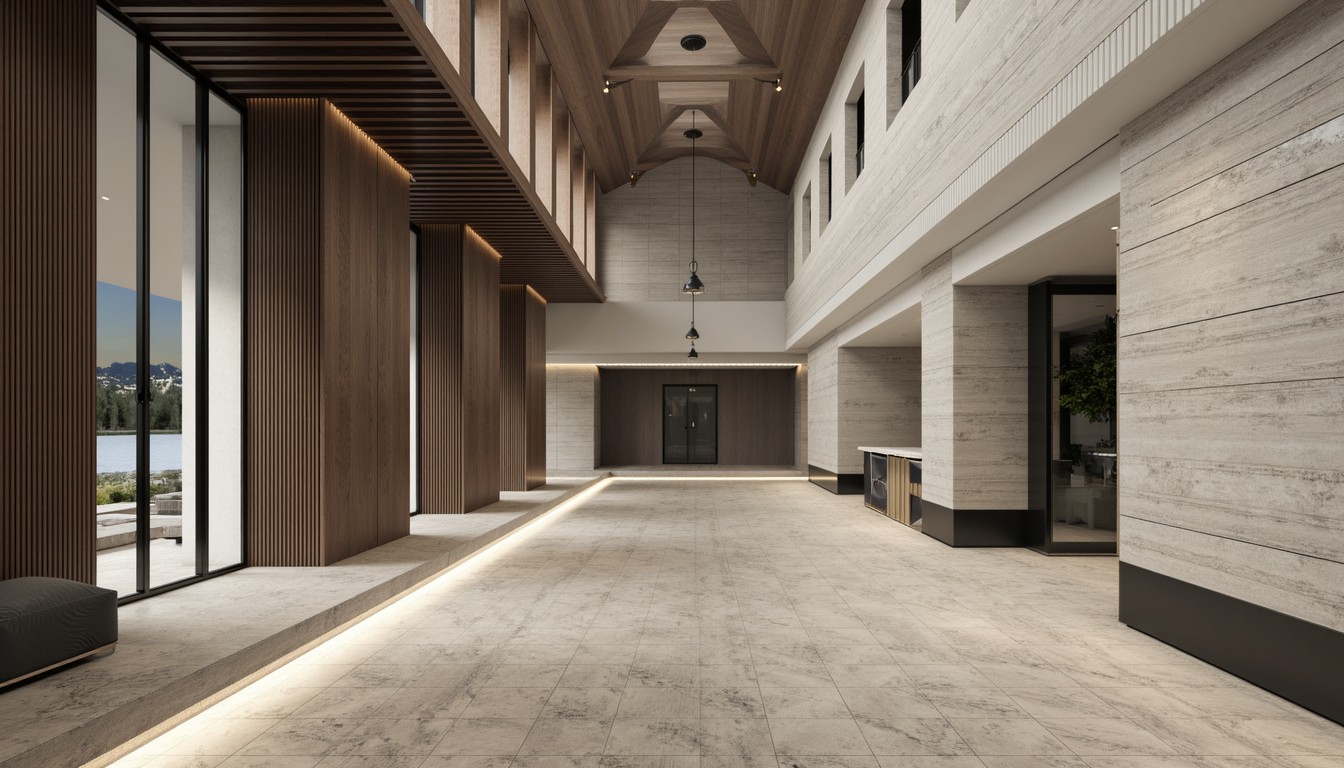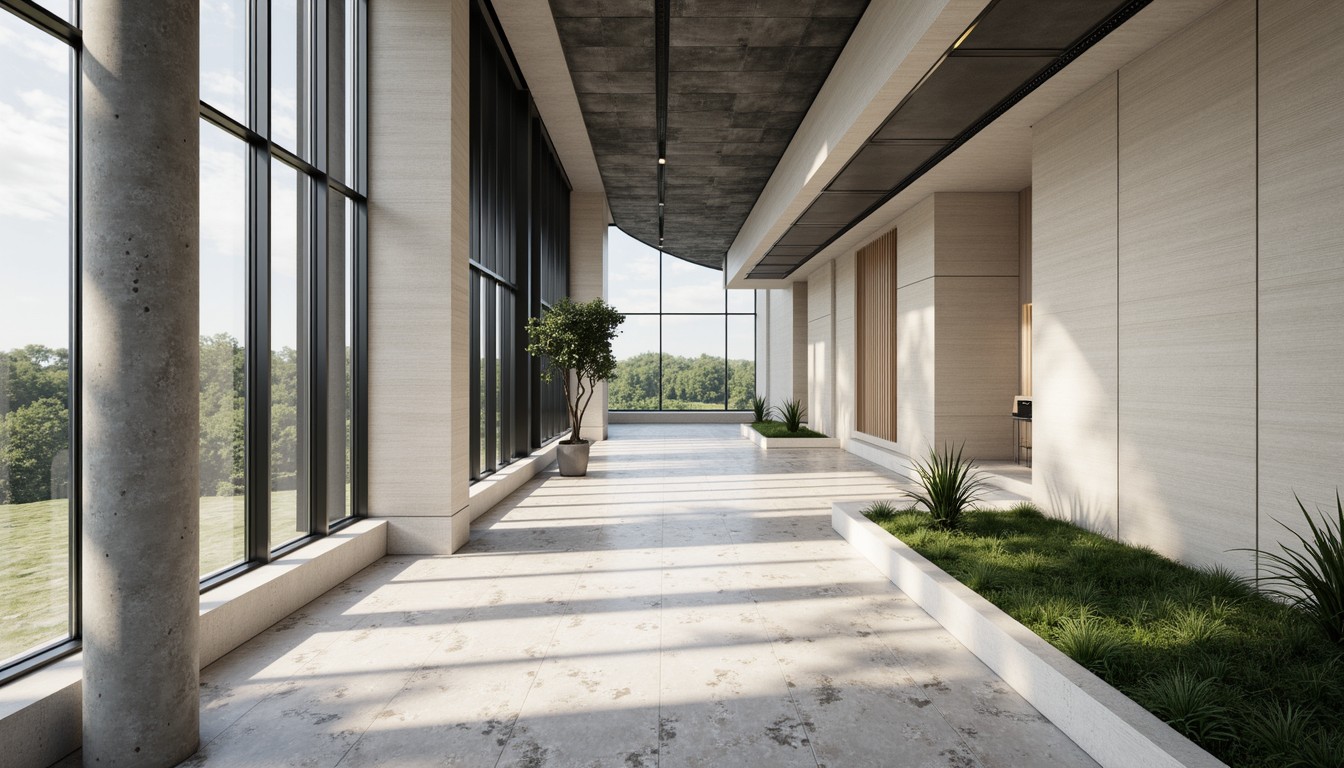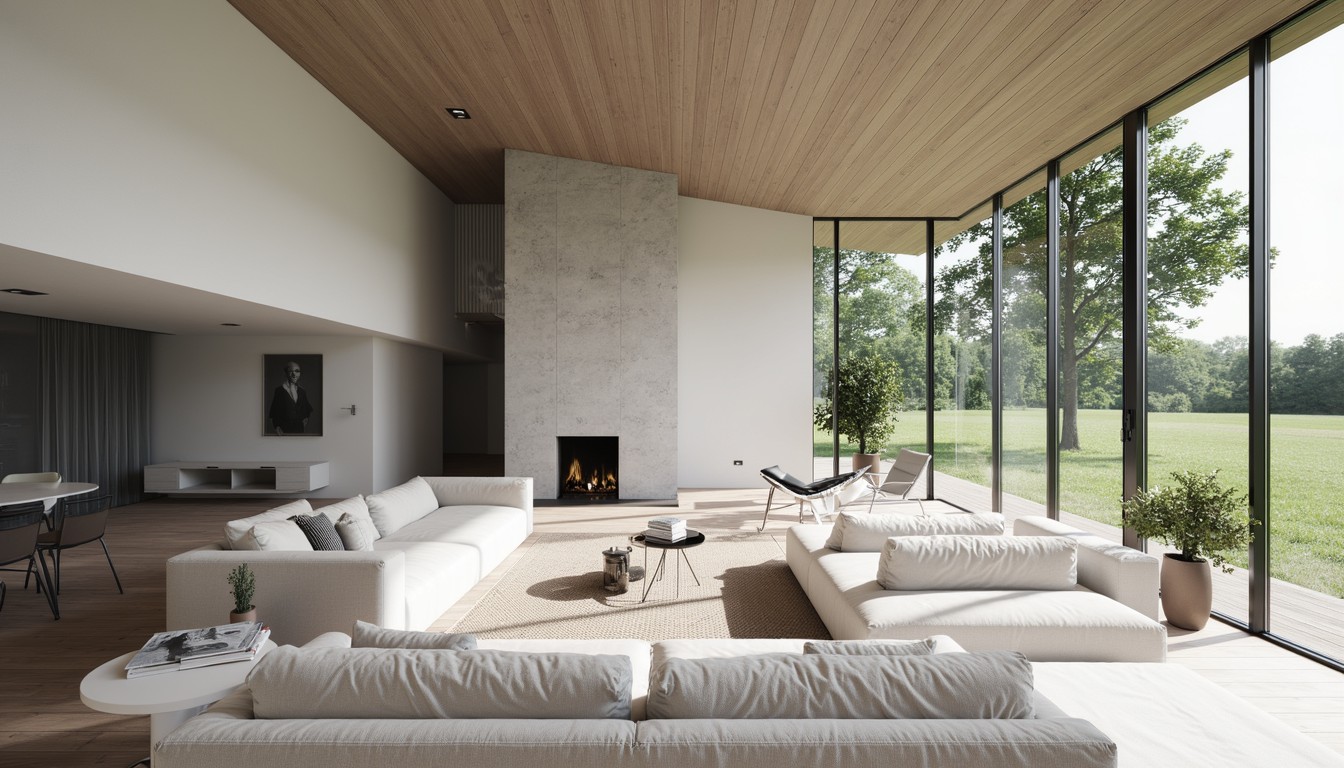Sustainable Architecture: Green Building Technologies & Design
The construction industry is a significant contributor to global carbon emissions. However, a growing awareness of environmental responsibility is driving a rapid shift towards sustainable architecture and green building practices. This involves integrating environmentally friendly design principles and technologies throughout the building lifecycle, from initial conception to demolition and beyond. ArchNav is at the forefront of this movement, utilizing cutting-edge visualization to help architects design and communicate the beauty and efficiency of sustainable structures.
Key Principles of Sustainable Architecture

Sustainable architecture goes beyond simply using eco-friendly materials. It encompasses a holistic approach, considering:
- Energy Efficiency: Minimizing energy consumption through passive design strategies (optimal orientation, natural ventilation, shading) and active systems (solar panels, efficient HVAC).
- Water Conservation: Implementing water-saving fixtures, rainwater harvesting, and greywater recycling systems.
- Material Selection: Utilizing sustainable and locally sourced materials with low embodied carbon, such as reclaimed wood, bamboo, and recycled steel.
- Waste Reduction: Minimizing construction waste through careful planning and employing prefabrication techniques.
- Indoor Environmental Quality: Creating healthy indoor environments with good air quality, natural light, and thermal comfort.
- Site Selection and Impact: Choosing appropriate building sites that minimize environmental disturbance and promote biodiversity.
Green Building Technologies: A Deep Dive

Several innovative technologies are revolutionizing sustainable architecture:
1. Passive Design Strategies:
Passive design leverages natural elements to reduce energy consumption. This includes optimizing building orientation to maximize solar gain in winter and minimize it in summer, utilizing natural ventilation to reduce reliance on air conditioning, and incorporating shading devices to prevent overheating. ArchNav's visualizations vividly demonstrate the effectiveness of these strategies.
2. Building Envelope Technologies:
Improving the building envelope—the outer shell of the building—is crucial for energy efficiency. This involves using high-performance insulation, airtight construction techniques, and advanced glazing systems to minimize heat loss and gain. Green building materials like recycled cellulose insulation or straw bales are also increasingly popular choices.
3. Renewable Energy Systems:
Integrating renewable energy sources, such as solar photovoltaic (PV) panels, solar thermal collectors, and wind turbines, significantly reduces reliance on fossil fuels. ArchNav's visualizations can showcase the integration of these systems seamlessly within the building design.
4. Smart Building Technologies:
Smart building technologies utilize sensors and automated systems to optimize energy consumption, water usage, and indoor environmental quality. Building management systems (BMS) can monitor and control various aspects of the building's performance in real-time, leading to significant energy savings.
5. Green Roofing and Walls:
Green roofs and walls, which incorporate vegetation, offer numerous environmental benefits, including improved insulation, reduced stormwater runoff, and enhanced biodiversity. They also contribute to a visually appealing and sustainable design.
6. Prefabrication and Modular Construction:
Prefabrication reduces waste, construction time, and on-site disruption. Modular construction, where building components are prefabricated off-site and assembled on-site, is becoming increasingly popular for its efficiency and sustainability.
7. Water Management Systems:
Sustainable water management is critical. Techniques include rainwater harvesting for non-potable uses, greywater recycling for irrigation, and the use of low-flow fixtures to conserve water.
Real-World Applications and Case Studies

Numerous buildings worldwide showcase the successful implementation of green building technologies. The Edge in Amsterdam, for example, is a highly sustainable office building that uses smart technologies to optimize energy consumption and provide a comfortable working environment. The Bullitt Center in Seattle is another example of a near-zero-energy building that demonstrates the potential of sustainable design.
ArchNav: Your Partner in Sustainable Visualization
ArchNav understands the importance of sustainable design and provides architects with the tools they need to visualize and communicate their green building projects effectively. Our cutting-edge architectural visualization services enable you to showcase the beauty and functionality of sustainable designs to clients and stakeholders, facilitating informed decision-making and driving the adoption of environmentally responsible practices. We can create stunning renderings, virtual tours, and animations that highlight the unique features and benefits of your sustainable architecture projects, helping you secure funding and attract clients who value environmental sustainability.
Contact ArchNav today to discuss your next sustainable architecture project.
